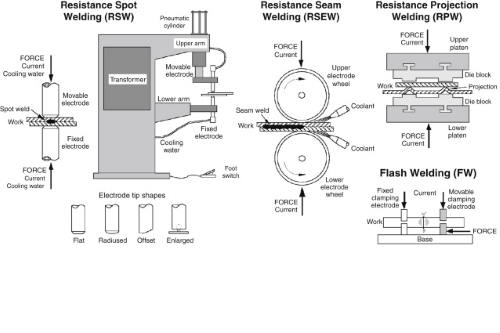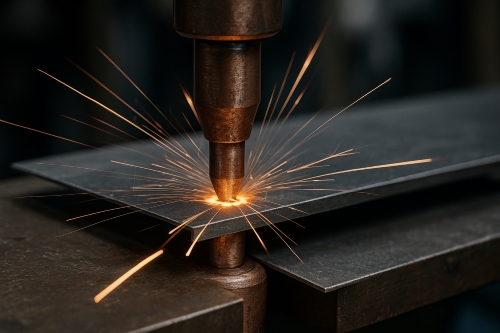Types of Photoinitiators and Their Applications
Introduction to Photoinitiators
Photoinitiators are chemical compounds that initiate a chemical reaction upon absorbing light. They are used primarily to trigger polymerisation. A light source causes these compounds to form radicals. These radicals then initiate the curing of coatings, adhesives and various resins. For many decades, photoinitiators have been crucial in polymer chemistry and materials science. Their function is straightforward. Light activates the initiator and produces a chain reaction. This process is applied in everyday uses, such as in printing inks and dental fillings.
Classification of Photoinitiators
Photoinitiators are divided into two main types. They are classified based on the method of radical generation upon light exposure. The two groups are cleavage type and hydrogen abstraction type.
Type I Photoinitiators (Cleavage Type)
Type I photoinitiators act in a single step. When light strikes these molecules, they break apart in a process called cleavage. This dissociation immediately produces free radicals. The free radicals are sufficient to initiate polymerisation. A common example is benzoin methyl ether. Other examples include acyl phosphine oxides. These photoinitiators are used in applications that require shorter curing times. The process is straightforward. The compound splits to yield radicals and these radicals join monomers to form polymers. The rapid radical generation allows use in high-speed production lines.
Type II Photoinitiators (H-Abstraction Type)
Type II photoinitiators require a co-initiator. When light is absorbed, the photoinitiator reaches an excited state. It then abstracts a hydrogen atom from a donor molecule. This reaction generates radicals. Benzophenone is a common example. When paired with an amine, benzophenone acts as an effective initiator for polymerisation. In contrast with type I, these require a hydrogen donor to complete the reaction. Due to this additional step, the curing process is slower. Nonetheless, they are used in systems that demand a controlled curing process.
Applications by Industry
Photoinitiators have broad applications. In the coatings industry they form films with set hardness on surfaces. In printing, they are added to inks to achieve curing under light exposure. Many adhesives incorporate photoinitiators to enable bonding when exposed to light. In the electronics sector, photoinitiators are applied in the patterning of microelectronics. Dental resins also utilise these compounds to yield biocompatible materials. In the field of art and décor, photoinitiators produce defined coatings with bright colours. The choice of photoinitiator impacts the performance and longevity of the final product.
How to Choose
Choosing the appropriate photoinitiator requires careful evaluation. One must consider the wavelength of the light employed. Ultraviolet light is commonly used with many photoinitiators. Visible light systems require compounds that absorb at longer wavelengths. The nature of the resin or monomer is also important. Certain formulations require a shorter cure duration, while others require extended curing times. Cost and availability are additional factors. A detailed evaluation of the application determines the selection. Technical data and case studies support an informed decision.
Summary Table: Common Types of Photoinitiators
|
Photoinitiator Type |
Mechanism |
Common Examples |
Typical Applications |
|
Type I (Cleavage) |
Direct radical generation via bond cleavage |
Irgacure 184, Darocur 1173, TPO, BAPO |
Coatings, inks, 3D printing, dental |
|
Type II (H-Abstraction) |
Radical generation with co-initiator |
Inks, screen printing, dental composites |
|
|
Cationic |
Acid generation initiates polymerisation |
Iodonium salts, Sulfonium salts |
Epoxy resins, electronics, varnishes |
|
LED-Optimised |
Designed for longer wavelengths (LED) |
TPO-L, Ivocerin |
LED-curing, dental, low-yellowing coatings |
For more details, please check Stanford Advanced Materials (SAM).
Conclusion
Photoinitiators are used in modern manufacturing. They initiate the curing of materials in coatings, adhesives and resins. The division into cleavage (type I) and hydrogen abstraction (type II) assists in selecting the appropriate product. Applications cover many industries.
Frequently Asked Questions
Q: Which photoinitiator type exhibits a shorter curing time?
A: Type I photoinitiators exhibit shorter curing times due to direct radical generation following light exposure.
Q: Which industries utilise photoinitiators?
A: Photoinitiators are used in coatings, printing, adhesives, dental resins and microelectronics.
Q: How is a photoinitiator selected?
A: Selection depends on the wavelength of light, the characteristics of the resin or monomer, the curing duration and cost considerations.

 Bars
Bars
 Beads & Spheres
Beads & Spheres
 Bolts & Nuts
Bolts & Nuts
 Crucibles
Crucibles
 Discs
Discs
 Fibers & Fabrics
Fibers & Fabrics
 Films
Films
 Flake
Flake
 Foams
Foams
 Foil
Foil
 Granules
Granules
 Honeycombs
Honeycombs
 Ink
Ink
 Laminate
Laminate
 Lumps
Lumps
 Meshes
Meshes
 Metallised Film
Metallised Film
 Plate
Plate
 Powders
Powders
 Rod
Rod
 Sheets
Sheets
 Single Crystals
Single Crystals
 Sputtering Target
Sputtering Target
 Tubes
Tubes
 Washer
Washer
 Wires
Wires
 Converters & Calculators
Converters & Calculators
 Write for Us
Write for Us





 Chin Trento
Chin Trento



